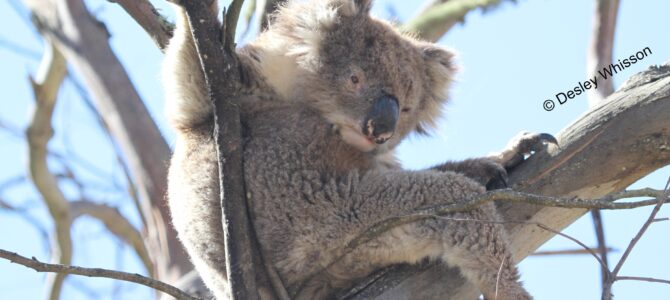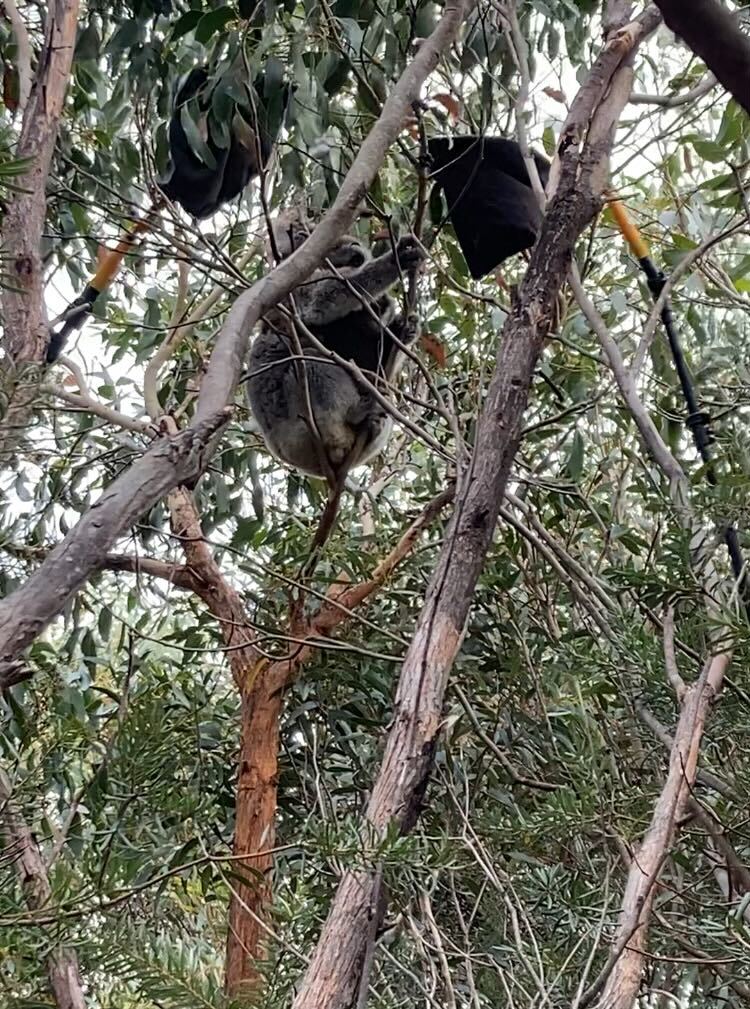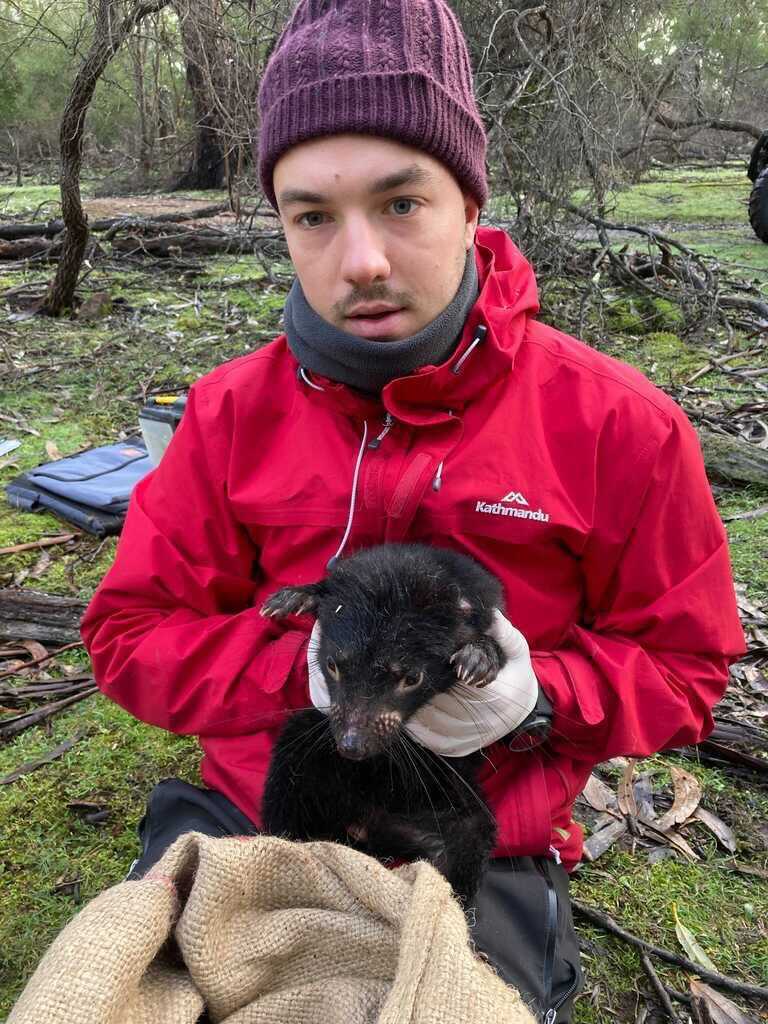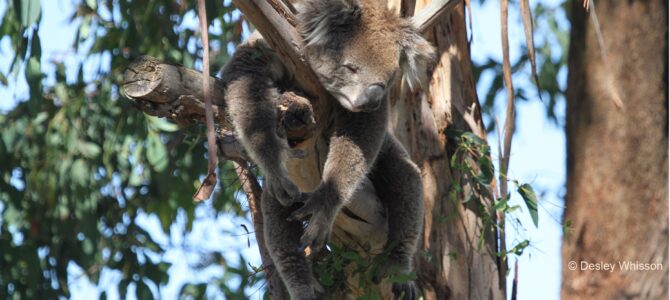Type: Journal article
Reference: Luke W Silver, Carolyn J Hogg, Katherine Belov, Plethora of New Marsupial Genomes Informs Our Knowledge of Marsupial MHC Class II, Genome Biology and Evolution, Volume 16, Issue 8, August 2024, evae156, https://doi.org/10.1093/gbe/evae156
Abstract
The major histocompatibility complex (MHC) plays a vital role in the vertebrate immune system due to its role in infection, disease and autoimmunity, or recognition of “self”. The marsupial MHC class II genes show divergence from eutherian MHC class II genes and are a unique taxon of therian mammals that give birth to altricial and immunologically naive young providing an opportune study system for investigating evolution of the immune system. Additionally, the MHC in marsupials has been implicated in disease associations, including susceptibility to Chlamydia pecorum infection in koalas. Due to the complexity of the gene family, automated annotation is not possible so here we manually annotate 384 class II MHC genes in 29 marsupial species. We find losses of key components of the marsupial MHC repertoire in the Dasyuromorphia order and the Pseudochiridae family. We perform PGLS analysis to show the gene losses we find are true gene losses and not artifacts of unresolved genome assembly. We investigate the associations between the number of loci and life history traits, including lifespan and reproductive output in lineages of marsupials and hypothesize that gene loss may be linked to the energetic cost and tradeoffs associated with pregnancy and reproduction. We found support for litter size being a significant predictor of the number of DBA and DBB loci, indicating a tradeoff between the energetic requirements of immunity and reproduction. Additionally, we highlight the increased susceptibility of Dasyuridae species to neoplasia and a potential link to MHC gene loss. Finally, these annotations provide a valuable resource to the immunogenetics research community to move forward and further investigate diversity in MHC genes in marsupials.




